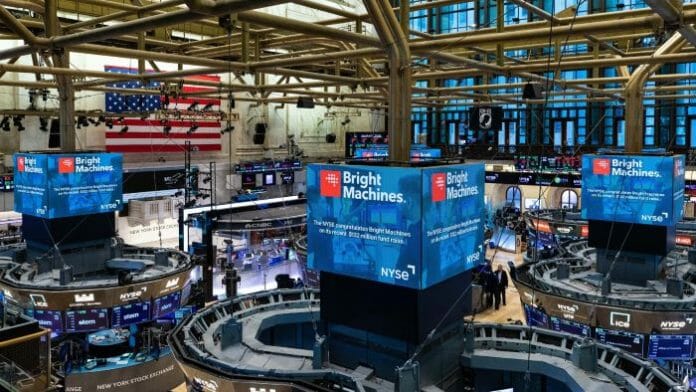The V-shaped rebound in equities and bonds has lifted Standard Chartered’s Balanced asset allocation strategy by 3.6% since the 26 October trough. It begs the question: “What next?” While the house remains circumspect on a year-end equity rally due to a deteriorating economic outlook, SC says it sees room for the rally to extend in the next few weeks on the back of supportive technical factors, provided the following three conditions hold: i) Next week’s US consumer inflation data matches or comes in softer than expectations (consensus: 0.1% m/m for headline, 0.3% m/m for core); ii) US government bond yields consolidate near current levels; and iii) the Israel-Gaza conflict does not escalate, threatening Middle East oil supplies. Bonds have relatively less room to rise further in the near term. The US 10-year government bond yield has fallen close to our three-month target range of 4.25-4.50% set in October, though SC says it still sees the yield falling at least another 100bps in the next 6-12 months as US growth slows sharply in the coming quarters.
Equity market technicals: The global equity market rebound has support from positioning, seasonality and some technical metrics. Investor positioning is modestly bearish across major equity markets, while being extremely bearish for China. This, as contrarian signals go, is supportive of a further recovery in equity markets. Investor diversity remains broad, indicating it is not likely to stand in the way of a further rally. Expected volatility in US equities has plunged, suggesting investors are less concerned about the near-term outlook. Meanwhile, indicators for US equity market momentum, strength, breadth and sentiment remain modestly bearish despite the rebound. This is another contrarian signal that US equities can still climb “the wall of worry”. November and December have historically been among the two best months for US equity market returns.
Mixed fundamentals: US firms have delivered strong earnings beats, with consensus expecting 5.7% growth for Q3 23 and 7% growth for Q4 23. However, earnings growth estimates for 2024 have been pared down slightly. The US economy is slowing. US aggregate payrolls, which combines net new jobs, hourly earnings and average hours worked, stagnated for the first time m/m since early 2021.
If the slowdown is backed by slower inflation, it should allow the Fed to hold rates (instead of hiking further). Indeed, the Fed’s surprisingly less hawkish policy stance last week (from which Chair Powell tried to row back this week) in the face of weaker economic data and the US government’s more modest borrowing plan for Q4 23 were the triggers for the latest V-shaped rally in markets.
History lesson: Past episodes of late-cycle US equity market rallies (from 1999-00 and 2007-08) show that US equities continued to rally till just before the job market started to contract (see chart above). Extrapolating current US job market trends, net non-farm payrolls are likely to start contracting at the end of Q1 24 or early Q2 24. This suggests that we have a window of at least a few months for the equity rally to continue.
Investment implications:
Equity market opportunity: Technical factors point to further near-term uptrend in equities, led by the interest rate-sensitive technology and communications sectors (provided the three conditions highlighted above hold). The S&P500 index needs to rise above the 100DMA technical resistance around 4,402 to break the pattern of lower lows and lower highs since July. The recent pullback in US bond yields and the USD are also supportive for Emerging Markets. There is upside opportunity for Asia ex-Japan equities, given the light investor positioning. Nevertheless, we will need to stay nimble, watching for signs of a further growth slowdown as we navigate this late-cycle rally.
Bonds opportunity: Investors with a horizon of 6-12 months should continue to look for opportunities to add to US and European government bonds on any short-term yield spikes. The US 10-year Treasury yield rebounded from below 4.5% and faces resistance around 4.68%. The USD is likely to consolidate around current levels in the near term. USD/JPY faces key technical resistance around the 2023 high of 151.7. We expect the BoJ to intervene if it sustainably breaks higher.









